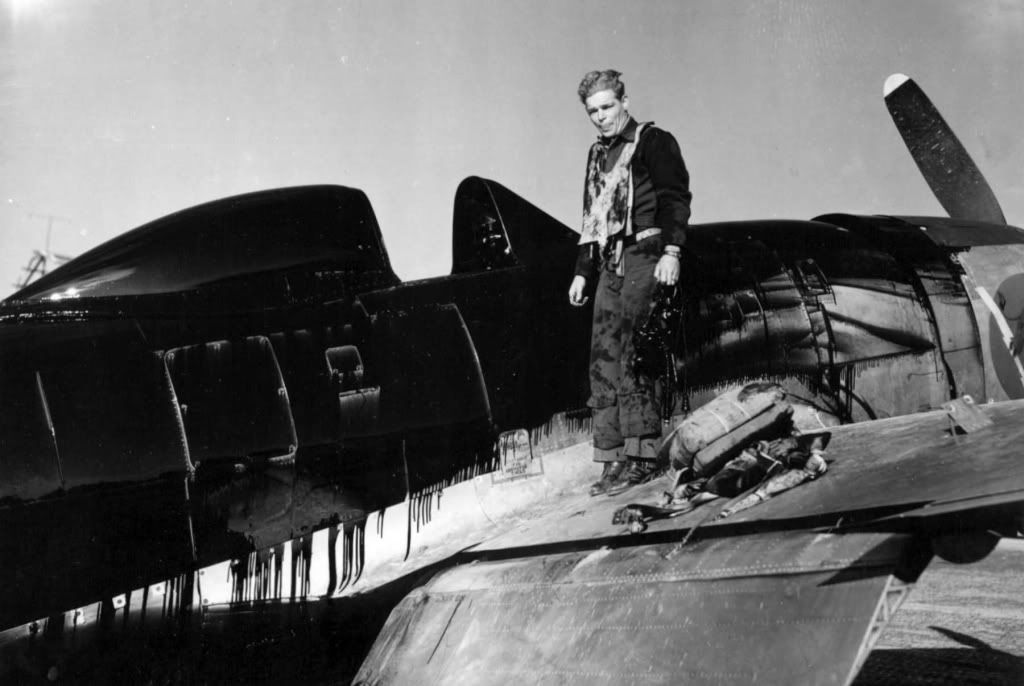Been having a couple thoughts lately about model aircraft canopies.
I know the norm is to have crystal clear canopies for all aircraft with no dirt, smudges, fingerprints, etc. on them. One advantage is that one gets to see all the little details in the pit area (especially if it is a closed canopy).
I'm just curious how realistic this actually is. Most of us I think try to capture our models in a state as "real" as possible, an accurate representation of the real thing. Most of the working aircraft I have been around (and it's not that many) have been very well maintained overall and do have "clean" windows, but they are in no way spotless!
Any aircraft I've seen at the few air shows I've been to have always seemed to be spotless as well so I don't think they are a fair representation.
What I'm curious about is aircraft that would have been in a battle situation for a long time. Spitfires operating from grass fields, 109's in the heat of battle, float planes on the ocean (I spend a lot of time on boats and any salt that gets on a window doesn't come off that easy)! Does anyone have any direct experience??
I've noticed that a lot of people do some fantastic weathering on aircraft, some more heavily than others, but they all have crystal clear canopies. I've noticed it's also fine for armor and auto modelers to make mud covered windows with wiper streaks.
Just wondering why this has become the norm (not that we want a big fingerprint in the glass) but if one was to try and simulate some level of grim on a window and entered said model in a contest would they be penalized for trying to more accurately represent the real thing???
:hmmm
I know the norm is to have crystal clear canopies for all aircraft with no dirt, smudges, fingerprints, etc. on them. One advantage is that one gets to see all the little details in the pit area (especially if it is a closed canopy).
I'm just curious how realistic this actually is. Most of us I think try to capture our models in a state as "real" as possible, an accurate representation of the real thing. Most of the working aircraft I have been around (and it's not that many) have been very well maintained overall and do have "clean" windows, but they are in no way spotless!
Any aircraft I've seen at the few air shows I've been to have always seemed to be spotless as well so I don't think they are a fair representation.
What I'm curious about is aircraft that would have been in a battle situation for a long time. Spitfires operating from grass fields, 109's in the heat of battle, float planes on the ocean (I spend a lot of time on boats and any salt that gets on a window doesn't come off that easy)! Does anyone have any direct experience??
I've noticed that a lot of people do some fantastic weathering on aircraft, some more heavily than others, but they all have crystal clear canopies. I've noticed it's also fine for armor and auto modelers to make mud covered windows with wiper streaks.
Just wondering why this has become the norm (not that we want a big fingerprint in the glass) but if one was to try and simulate some level of grim on a window and entered said model in a contest would they be penalized for trying to more accurately represent the real thing???
:hmmm



 But up until flight day (the bombers typically only flew once a week) the windshields were filthy! Bug guts, rain streaks, whatever got hit last time out.
But up until flight day (the bombers typically only flew once a week) the windshields were filthy! Bug guts, rain streaks, whatever got hit last time out. 